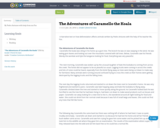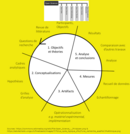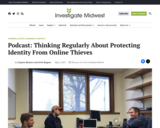
By Pedro Antunes with help from ms Fox
- Material Type:
- Simulation
- Date Added:
- 05/06/2013

By Pedro Antunes with help from ms Fox

Word Count: 34761
(Note: This resource's metadata has been created automatically by reformatting and/or combining the information that the author initially provided as part of a bulk import process.)

Grade 5 exhibition

Ce manuel de méthodologie de la recherche en éducation numérique ou technologies éducatives a été crée initialement en 2014, par Daniel Schneider et Barbara Class, et s'est enrichi au fil des années. Il se base à la fois sur des livres de méthode (i.e. des recettes globales) et sur des livres sur la méthode (i.e. études des méthodes). Les ouvrages desquels il s’inspire ont été conçus pour les sciences sociales et l’informatique et ont été rédigés en anglais pour la plupart. Cette version française est utilisée dans le cadre du Diplôme de Recherche en Education Numérique et dans le master MALTT.English version: This textbook, in the form of a wiki hypertext, adresses research methodology in educational technologies. It was initially created in 2014 by Daniel Schneider and Barbara Class and has been enriched over the years. It is based both on method textbooks (i.e. global recipes) and books on methodology (i.e. studying research methods). The books on which it is based were designed for the social sciences and computer science and were mostly written in English. This French version is used in the framework of the Diplôme de Recherche en Education Numérique and in the Master MALTT.

We talk with Shane Cox, a Simpson College associate professor of accounting, about the ways an average person views cyber security, what that person thinks about identity theft and how to protect personal information. Cox gives us an “average person” look at cyber security.